“Once upon a time” is a phrase about stories and the imagination. Often these stories turn into unspoken “rules”. There seem to be rules about almost everything, even how to eat spaghetti.
Within stories, power dynamics are always in play. Who gets to tell what stories? The psychology studies on attachment demonstrate that it matters if people can look at their history and tell the stories in all the good, bad and ugly parts. When we are able to redo our stories to tell the gritty, human versions we are better able to attach to other people and the planet (Steele & Steele; Fosha, Siegel, Solomon). Simple, air brushed versions don’t take us anywhere. Now on to spaghetti…….
Art is one of those things that can help force open our souls to help us look at stories inside of us that go unquestioned.
Olympia Zagnoli, an Italian illustrator, took inspiration from some old stories from the 1940’s to do her series titled, How to Eat Spaghetti Like a Lady
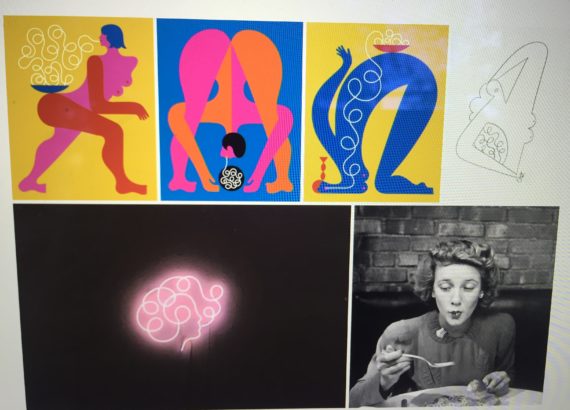
She upends the rules of conduct embedded in the text from a series of photographs of the same name published in TIME LIFE magazine in 1942 that were taken by Alfred Eisenstaedt. Here are photographs from that spread. There were a full 7 Rules to follow , but I lost a couple in the writing and feel pretty good about that. So here are most of them:
This first rule I will leave to your imagination:
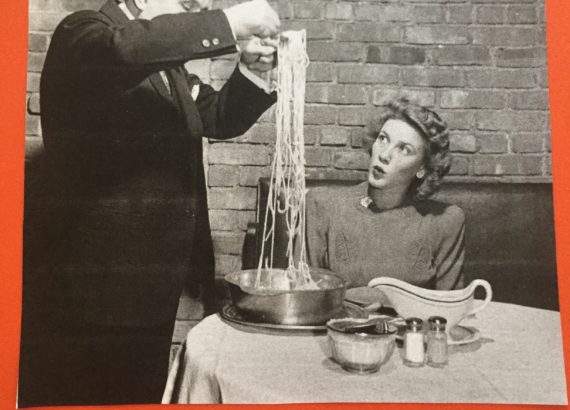
Rule 3. Four strands of spaghetti should be segregated from the pile.
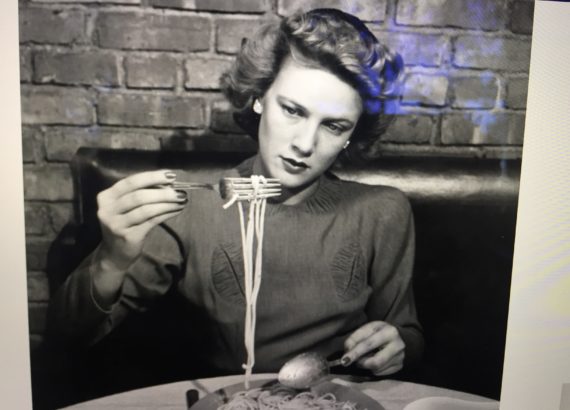
Rule 4. With soup spoon as prop, twirl fork and spaghetti gently.
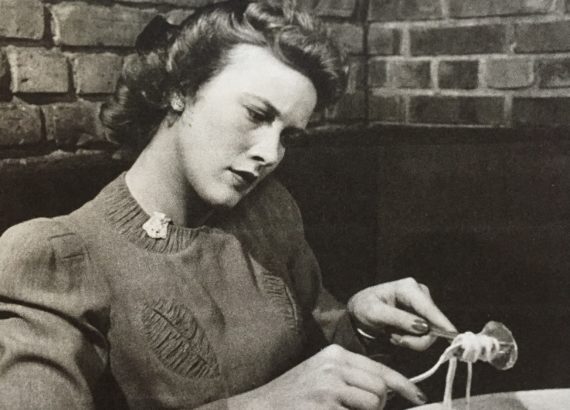
Rule 6. Full forkful should be consumed in entirety. Nibbling is out.
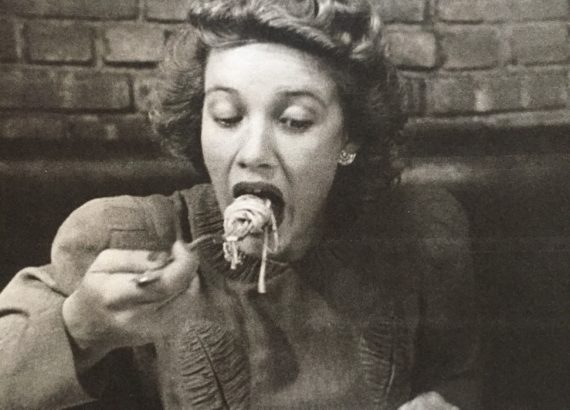
Rule 7. Truant strands require patience, lip facility, suck power.
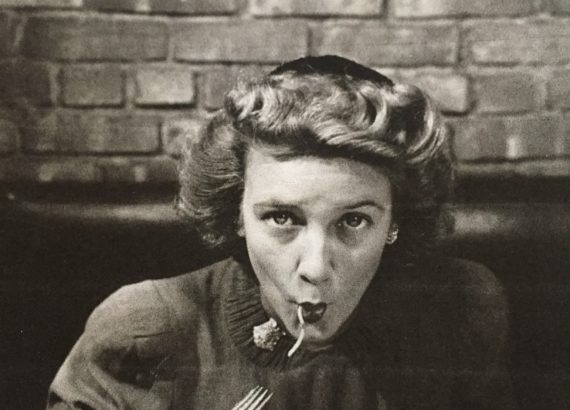
The conventional rules of public behavior for women are subverted and instead Zagnoli says,”they do what shouldn’t be done, they create new paths and new languages. There will be the woman who eats her spaghetti in bed, the one who eats them upside-down, the one who weaves them with her own hair, and so on”.
“Truant” strands of spaghetti woven into hair………what could be next?
Be well,
Marlene



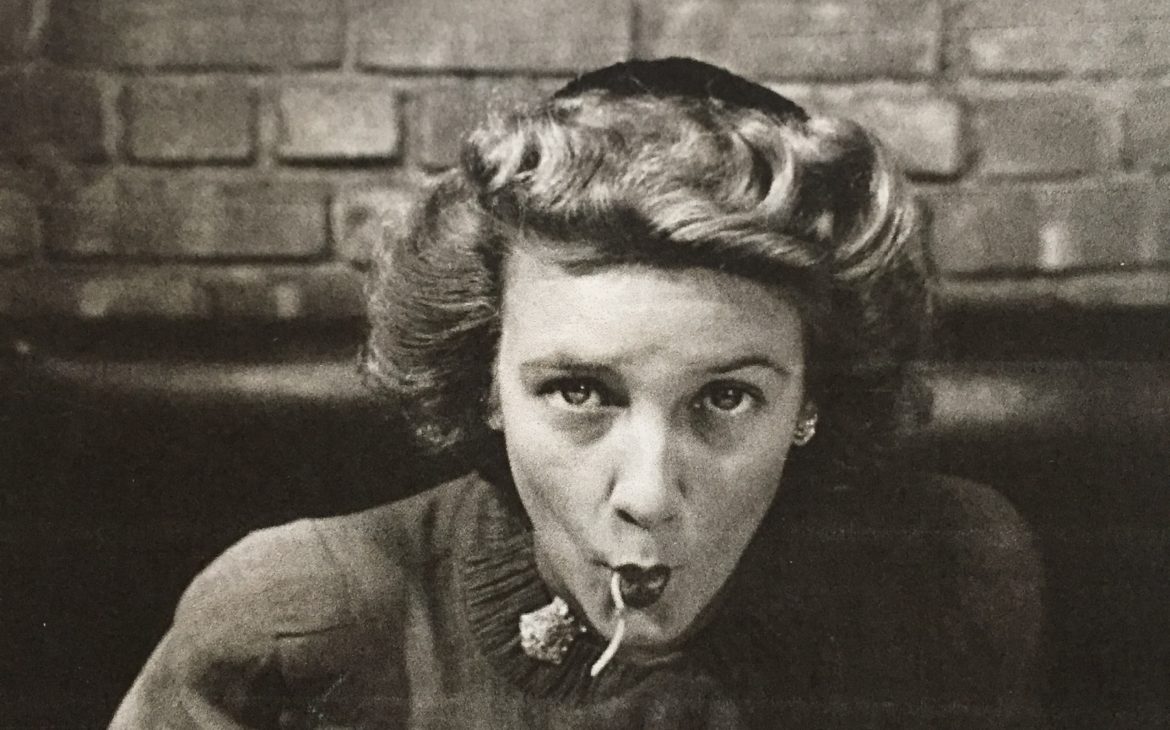
Joe Spence
Love this. Thanks.